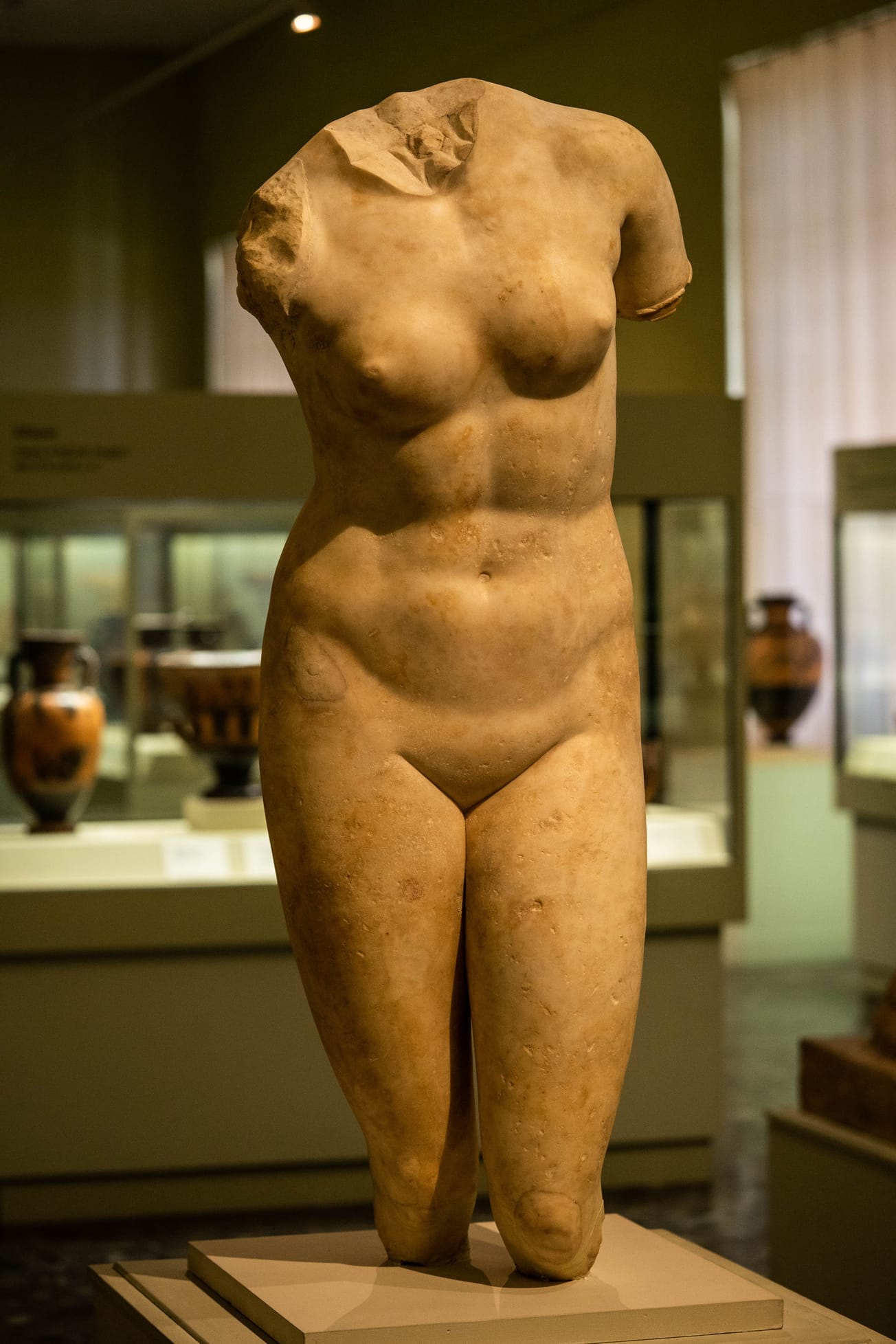By Jemima Carr-Jones, History of Art Year Abroad
The Croft Magazine // Tacky, exotic or glam? However you see this iconic pattern, leopard print has made its mark in fashion history as we look back at its incredible showcase.
Winter has hit Salamanca like a high speed train and this sudden change in climate has rendered almost every single person in the city utterly bed bound. I, too, am not feeling a million dollars and right now am loafing around my flat in leopard print leggings, a creamy cashmere hooded cardigan and some cheapo slippers I speed-bought the other day. They look good at the moment but I give them two months before the now-brilliant furriness starts seeming more like some poor matted animal on my foot. I’m living pseudo-glam until that day arrives.
It’s 10.30am and as I’m making coffee no.3, I catch sight of my leopard clad legs. Leopard print has increasingly become a wardrobe staple for me. In fact the other day, a friend of mine asked, ‘Jemima, do you always wear leopard print… were you wearing leopard print before it got boujie?’ I vaguely remember answering yes, but I’m now wondering when exactly did leopard print even get to be ‘boujie’, has it ever even been ‘boujie’ and why - for goodness sake - do I love it so much?

I realise I actually know very little about my beloved leopard print. I only know how it makes me feel - fantastic. Tinkering back to the living room, the return journey to my sick-person, man-made fortress of cushions and half drunk cups of coffee, I decide it’s investigation time.
The verdict: Whether you see leopard as garish and kitsch, exotic, glam or of just truly of poor-taste, it has unquestionably stood the sartorial test of time. Many believe this to be - above all else - due to the strong associated symbolism it carries. Jo Weldon, author of Fierce: The History of Leopard Print, writes that leopards ‘have long been seen as fierce, very resilient animals… I think people feel a primordial connection with them.’
Whether you see leopard as garish and kitsch, exotic, glam or of just truly of poor-taste, it has unquestionably stood the sartorial test of time.
Weldon mentions being mesmerised in her childhood by images of Eartha Kitt, the American singer, actress, comedian, activist and songwriter dressed head to toe in leopard print garments. In this image the print demands attention and Kitt looks sensational, strong and yet is able to maintain her femininity, making the iconic print a force for empowerment.
Needless to say, sartorially the print goes back much further than the 1960s: Ancient Greek art depicting the well-known Dionysus is seen to be constantly either wearing leopard or riding one.
During the Egyptian period leopard print - otherwise known as padelide - was worn predominantly by the likes of pharaohs and priests. This is particularly interesting as clothing in the context was used as a vehicle of visual separation between the social classes. Additionally, the Egyptians were believers that most leather was highly impure and thus it was a material used with sparsity, however leopard was considered an exception.
After World War Two, there was a young designer in Paris called Christian Dior. At this point in history, clothing-wise most people had scrimped along for years; they had to use dress coupons, they were only allowed to use a certain quota of fabric and for the most part they had few other options but to re-jig old pieces if they desired ‘new’ things.

Dior knew that women wanted to feel glamorous again. So in 1946, the House of Dior was established and with its first collection a new era was birthed - The New Look. Very famous, very interesting, worth looking up. Dior’s first collection turned fashion sharply towards youthful and charismatic shapes. It was a visual feast of tiny waists, gentle, undulating shoulders and full skirts. Glamour was back. With coupon-restrictions fading and much more freedom to experiment, leopard print re-entered the arena.
During the 1940s and 50s, the print’s association with eroticism was born. Mass-manufacturing of clothing was picking up steam and with that, there was a considerable rise in leopard-print lingerie and the corsets of American pin up girls.
Simultaneously, fur coats were increasingly symbolic of affluence and social standing. In the name of fashion, animal poaching and the fur trade was soaring. It is estimated that between 1904 and 1969 more than 23 million animals were killed for their hides in the western Brazilian Amazon alone, this being an estimation and minimum as not all poaching is formally recorded. Fur was only getting more popular by the year, month and minute.
Check out our fur free animal print coat of choice in Outerwear Trends 2019
Later on in 1991, fashion designer Azzedine Alaïa featured an abundance of leopard in his collection, resulting in compliments that commented on his skill in capturing the dichotomy of leopard print in being simultaneously maximal and neutral.
In 2019 I like leopard because it’s versatile- unlike most patterns it can be paired with virtually any colour palette - minus greys for some reason - and, therefore fits well in a capsule wardrobe. It can be dressed up or down and also, it’s always a bit groovy.
Leopard print projects an undeniable confidence. Personally, I was a shy child and my mother didn’t help as she used to dress me in the most chintzy Boden clothes money could buy. I’ll always remember a particularly awful pair of bright pink cotton trousers with images of parsnips pasted all over by some designer hell-bent on ruining my childhood. I resented those trousers and will remember them until I die.

Needless to say, leopard print now for me is symbolic - I suppose - of the confidence I discovered in myself on entering my teens. The print is loud without being gaudy or ostentatious. Critics call it trashy, cheap and yes, there certainly are some examples worthy of this denunciation. But this is not all leopard print. Pick your print as you would pick an avocado at the supermarket - carefully. Like anything, it all comes down to how you style it.
Leopard print projects an undeniable confidence.
So, have I only liked leopard print since it got boujie? Well no, because it’s been ubiquitous for centuries, empowering both women and men who feel a certain way on the inside with a wish to present this on the outside..
I’ll leave you with a final thought: Christian Dior once said, 'If you are fair and sweet, don’t wear it.'
Featured: Epigram / Jemima Carr-Jones
Find The Croft Magazine inside every copy of Epigram Newspaper









